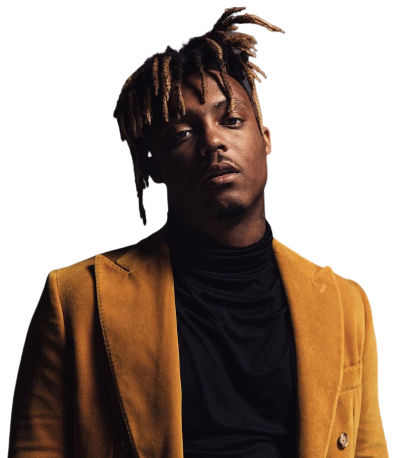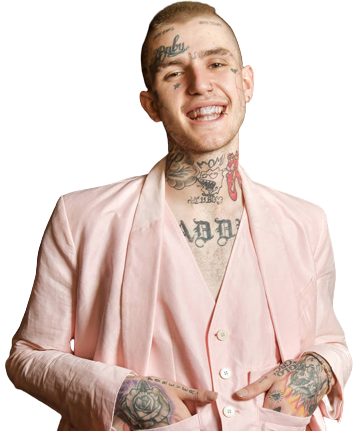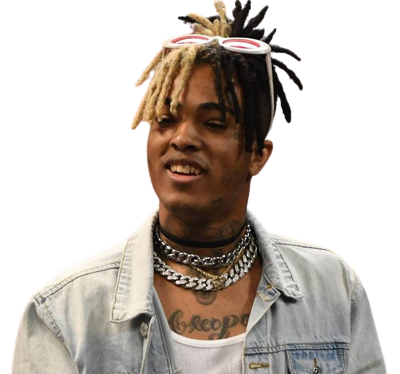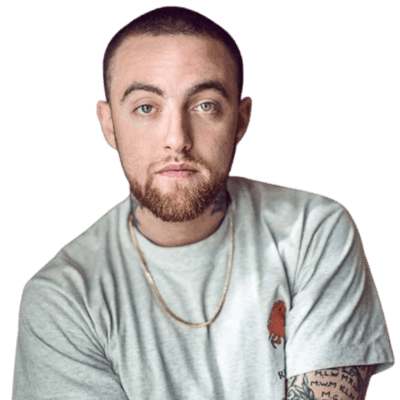
Juice WRLD
Growing up in the Chicago suburbs, Jarad Higgins would
freestyle rap
through his school hallways. As a teenager, he began recording as Juice WRLD (a nod to the
1992 film starring 2Pac) and set his eyes on stardom. “My biggest fear is not getting to the
point I want to,” he told Apple Music in the documentary accompanying his 2018 Up Next
campaign, “but that’s also my biggest strength.” His distinctive, genre-blending take on emo
rap—Auto-Tuned vocals, hints of pop punk, and beats inspired by Chief Keef and Chicago
drill—shines on the breakthrough singles “Lucid Dreams” and “All Girls Are the Same,” which
plumbed grief and regret and heartbreak with alarming honesty. Just five months after his
star-making debut project, Goodbye & Good Riddance, he released a full-length collaboration
with Future that felt like a euphoric, decadent victory lap. His second full-length solo
project, Death Race for Love, released in March 2019, continued to mine personal pain for
maximum drama, while collaborations with BTS and Ellie Goulding exhibited his range. Juice
WRLD passed away in Chicago in December 2019 at age 21.

Lil Peep
Raised in Long Island, he spent most of his teens in and
out of
homelessness in Los Angeles. Finding a likeminded community online, Peep released his first
tracks to YouTube and SoundCloud, weaving samples of early-2000s bands like Brand New and
Modest Mouse into trap beats and eerily singsongy raps about drugs, depression, and broken
relationships. After a run of mixtapes, he released Come Over When You’re Sober, Pt. 1; a
follow-up, Come Over When You’re Sober, Pt. 2, was released posthumously. “They tell me all
the time that it helps them stay alive and keeps them from committing suicide and stuff like
that,” Peep told Apple Music, describing the effect of his music on the lives of his fans.
“I’ve seen countless, hundreds of Lil Peep tattoos, so these people are really dedicated and
have devoted their lives to my music, and it’s pretty crazy. And it blows my mind, but I
love it. It’s a great thing and if it’s helping people, then that’s why I’m doing it.”

XXXTentacion
Mounted his career with a stream of self-released singles and mixtapes
before catapulting into the mainstream in 2017 with 17 and the chart-topping ?, the latter
released months before his death. The South Florida native’s volatile approach made him one
of the leading figures in so-called SoundCloud rap, combining the hollowed-out sound of trap
with the vulnerability of emo and folk, exploring depression and self-loathing with a
frankness almost unheard of in rap (or any other genre, for that matter). At his most
captivating (“Look At Me!,” “SAD!”) Onfroy seemed to swing between numbness and violence,
between feeling everything and feeling nothing at all—an uneasy dichotomy that resonated
especially with younger fans desperate for an emotional outlet. A starkly controversial
figure (? was recorded on house arrest while he awaited trial for aggravated battery of a
pregnant woman), Onfroy also seemed to speak from experience, a boundary-blurring artist
who, for better and worse, lived his art: He was shot and killed in June 2018, at the age of
20.

Mac Miller
Though he broke through as a brash teenager, Mac Miller evolved into one
of the more thoughtful and surprising rappers of the 2010s. A Pittsburgh native, Miller
(born Malcolm McCormick in 1992) entered the mainstream with 2011’s playful, party-ready
Blue Slide Park, only the second independently distributed debut to top the Billboard 200.
He grew quickly: Few artists cover as much ground between albums as Miller did from Blue
Slide Park to 2016’s The Divine Feminine, which saw him develop into a vocalist capable of
duetting with Ariana Grande. Searching, jazzy, even philosophical, his music—often
self-produced under the name Larry Fisherman—came to split the difference between popular
appeal and creative ambition, uniting collaborators at both ends of the spectrum, from Snoop
Dogg to Flying Lotus. Even when the subject matter grew dark—Miller dealt openly with
substance abuse before his death in September 2018 at age 26—he was candid and personable
about channeling his struggles into relatable art. “As long as I'm being honest first and
foremost with myself, that allows me to be honest in the music,”